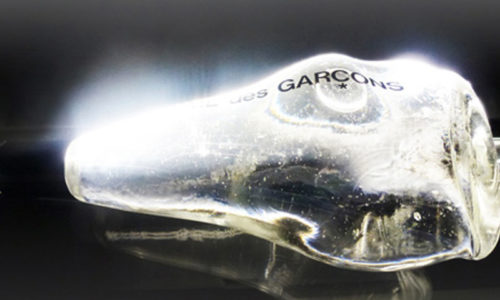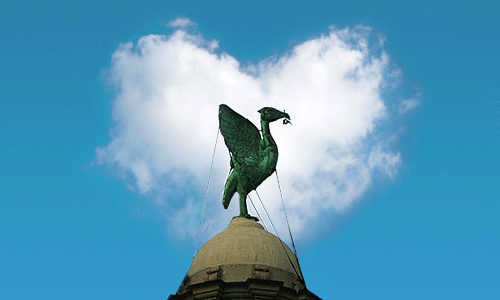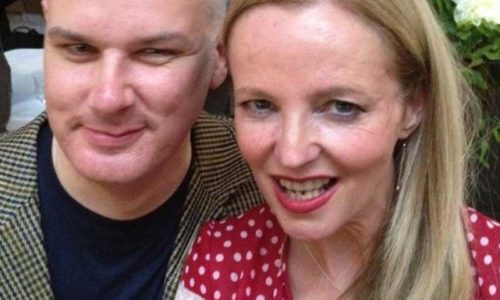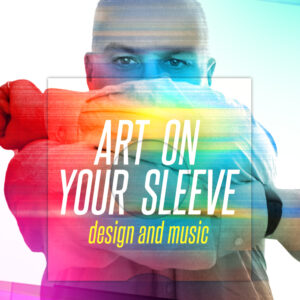
History in the making
Liverpool has always been a great place for history – there’s quite a story to tell and the many museums we have, do it with aplomb. For a relatively small city, we’ve got more than our fair share of these great places. I vividly remember visiting Liverpool Museum as a kid and being amazed by it. As an art student, I remember regularly visiting the Walker Art Gallery and spending hours staring at those massive oil paintings and the contemporary works that would always enthral as the John Moores Painting Prize made its regular splash every couple of years. Then we got our very own Tate Gallery in 1988 and I knew I’d never have to move to London! I became a Tate member very early on and even met a ‘blind date’ in the café there, it was a disaster in case you were wondering.
A couple of weeks ago a cocky new kid swaggered onto the museum block in Liverpool. Full of confidence, after a period being hosted in London at the venue once known as The Millennium Dome, The British Music Experience opened its doors to an eager public in the revered Cunard Building on 7 March 2017. As a designer that regularly works on installations in our museums, and as someone who writes about the history of pop music and design for Classic Pop magazine, having The British Music Experience in my home town was something I was very excited about and eager to visit. Something I haven’t mentioned and perhaps should have done, is that almost all of our museums in Liverpool are free, this includes a lot of the gallery space at Tate Liverpool. So, the first thing one has to get over about The British Music Experience is the entry price, it’s £16 for an adult and then an extra £3 if you want the audio tour. Here’s a tip, book online HERE and get the audio tour for free. I’m telling you this because I do recommend a visit. The price is something that many will balk at because we’re spoilt here and used to getting things for free. I do think that this entry fee may need revising at some point if they want to pull in the thrifty locals, the potential lifeblood of the place.
So, what goes on at The British Music Experience? I need to start with the staff. The enthusiasm is immediately apparent and there is a friendliness that makes you want to go in without them feeling pushy. The first time I visited – just to check out costs and to see if there was a café etc. (there is) I stayed for 15 minutes and was given a great overview. When I returned to visit properly, we were greeted with smiles and engaging conversation – from the steps outside until we were well inside the main exhibition area. Everyone we interacted with was a credit to the place.
The installation zones themselves are naturally split up by genre and period. So, glam rock and seventies, and new romantic and eighties are in their own discreet areas etc. This makes perfect sense and also allows one to skip over the bits that are of less personal interest. All of the cases are all densely packed with a lot to take in and the artefacts themselves are all in mint condition. Credit must be given to the team of people who sourced such pristine pieces. The Beatles are of course an important part of Liverpool’s history and an even bigger piece of pop music history, so I was actually pleased to discover that their inclusion wasn’t disproportionate. It would be easy to shine the brightest light on the biggest stars, and whilst they are deserving of their place in the record books, so much has already been said. The city is awash with plenty of other places for tourists to get their Fab Four fix.
About 70 years of pop history is chronicled, coming right up to date with an area dedicated to reality TV pop stars from X Factor et al. – not an area I paid much attention to. The structure of the exhibition is easy to get around and flowed naturally, although myself and one friend both took a wrong turn and briefly lost our chronological way. There are some things in the exhibition that genuinely made me smile, it’s always thrill to be up close and personal with things that are such a part of one’s own personal pop life. It was great to see the original handwritten lyrics to new Order’s ‘Blue Monday’ and original test prints of John Pasche’s iconic Rolling Stones lips logo. There is a lot I could list but don’t want to spoil the surprise and everyone will have their own personal favourite parts. Thankfully, photography is allowed (without flash) which I think is a great thing in the days of social media, our photographs are now effectively free advertising. The Tate could learn a lesson from this.
When we visited, the place was relatively quiet and perhaps for this reason it felt a bit small for its cavernous space. I imagine on busy days this wouldn’t be an issue though and space to move around would be welcome, so it’s a minor criticism. There’s also space for it to grow, which I hope it does. I think there are some omissions and I spotted a couple of mistakes which one would hope would be fixed in time. Whilst the artefacts on display are varied and rich, I think that some of the explanatory information could be more consistent and detailed in some cases. Information about designers is sometimes missing from clothing and record sleeves – beyond the big names like Peter Saville and Anthony Price. I also think that it’s a potential oversight not to have any inclusion of pop marketing – the ‘Frankie say’ phenomenon etc. a period when music, fashion and marketing fused and pop music exploded into dozens of formats. This very visual pop phenomenon was so big that legislation was introduced to stop record companies exploiting multiple formats to skew sales. It is as important to the history of pop music as any sub-genre such as ‘Manchester’ or ‘Two Tone’. There is also one very big thing that has been a constant throughout almost the entire period that the exhibition spans and I didn’t spot a single reference – The Eurovision Song Contest. It is seen as a joke now by many, but it was a pivotal platform for many artists, particularly in the 1960s-1970s and is still pulling in record numbers on TV today. Finally, where were Pet Shop Boys? The Guinness Book of Records has them listed as the biggest selling duo in UK pop history, with sales in excess of 50 million, they were conspicuous by their absence.
On the way out, before exiting via the obligatory gift shop, visitors are offered a chance to play with various musical instruments, with the assistance of nurturing staff if required. There are also areas where visitors can interact with displays, take pictures and make videos which we didn’t really take advantage of. These are probably going to be a really popular part of the exhibition, particularly with young people. I think The British Music Experience has a lot to offer and wish it well, I just hope that enough people are willing to pay the entry fee, even if it’s just to see a hologram of Boy George singing ‘Karma Chameleon’ ‘live’ on stage, really!
www.britishmusicexperience.com
Image: Detail of Gary Kemp’s Spandau Ballet guitar with mother-of-pearl inlay and record sleeve, both designed by David Band (design uncredited in installation).
- Blog
- The British Music Experience
- March 24, 2017



